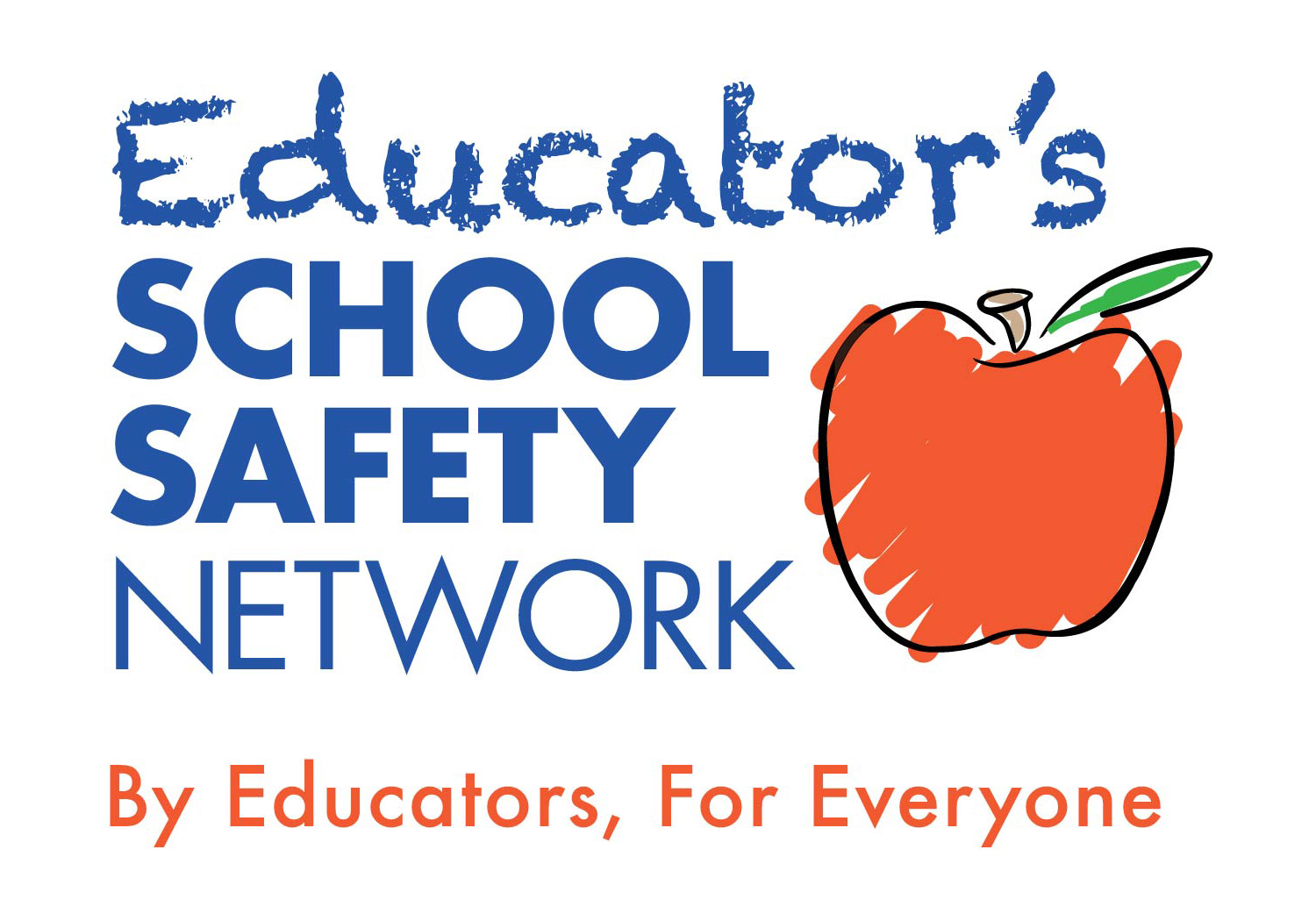Access control is important for preventing unauthorized entry, controlling movement within the building, supporting crisis response procedures, and ensuring accountability, making it a vital component of a comprehensive approach to school safety.
The questions in this assessment center on external concerns - people entering the building from outside, and internal access - whether items and areas are appropriately secured.

